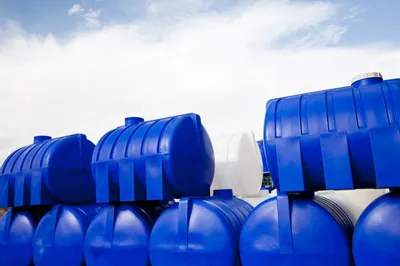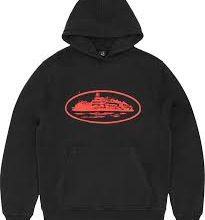
The pressure tank is one of the most important parts of a well system, including the pump, pressure switch, and the well itself. It collects water from the well and delivers it to your home at a safe pressure. While most water systems last for years, knowing how a pressure water tank works will save you from hassle if a problem does arise. You can contact a professional for water well pump repair in Fallon NV. Water tank storage is utilized for home, agricultural, and industrial purposes. Depending on the intended use of the tank, water storage tanks come in many materials, shapes, and sizes.
Pressure Tank Purposes:
The water pressure tank serves three objectives.
-
When the pump is not working, it holds water and provides water under pressure.
-
It creates a water reserve, so the pump starts and stops less often, increasing the pump’s lifespan.
-
Furthermore, it builds a water reserve for usage during times of crisis or high demand.
How Does a Water Tank Work?
Compressed air creates water pressure within a pressure tank. A pressure tank is made using an air chamber or bladder and has a pre-charged pressure. As the tank fills with water, the water weight compresses the air.
The pressure inside the tank rises as the air continues to compress. When the tank reaches a particular internal pressure, the feed source receives a signal to shut off.
The pressure in the tank reduces due to more water consumption. The pump restarts when the water pressure reaches a pre-set level. Any water-using fixture or appliance needs a minimum tank pressure. Higher water pressure may be required for water treatment devices, water softeners, laundry washers, and dishwashers to function smoothly.
If the pressure tank is utilized to hold well water, the tank will indicate the well pump to restart. Lowering pressure will notify the reverse osmosis system to restart production if the storage tank is collecting RO water.
It’s essential to install the right-sized tank for your needs. Knowing the basic information as follows can save you from selecting the wrong pressure tank.
-
The number of gallons per hour (GPH) released through your plumbing system.
-
The number of fixtures (including exterior sources) in your home.
When in doubt, contacting a professional can help you select the wrong pressure tank. Larger tanks can store more water and minimize pump cycling dramatically.
Different Types of Pressure Tanks
-
Air-over-water tanks
This tank does not have a physical separation between the water and air. The downside of using this tank is that air dissolves into water as the tank ages. As a result, it needs to be checked more often and changed regularly.
-
Diaphragm tanks
These tanks contain a rubber or vinyl diaphragm that separates the water and air. The diaphragm expands when water enters the tank, compressing the air.
-
Bladder tanks
This type of tank has a balloon-like bladder that stretches when water is pumped, lowering the air pressure.
Conclusion
Knowing the working of the water pressure tanks will help you in their care and maintenance. The water tank maintains constant water pressure and keeps a barrier between air and water for smooth functioning. Any unusual activity of these features will burn the pressure tank out. Connecting with a water tank supplier in Carson City NV, can help eliminate the doubts.





